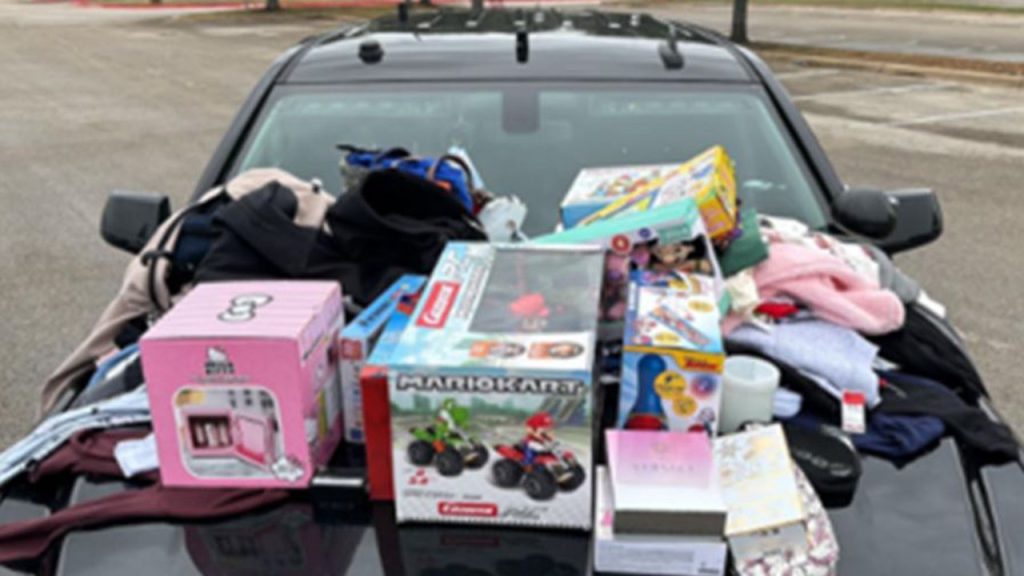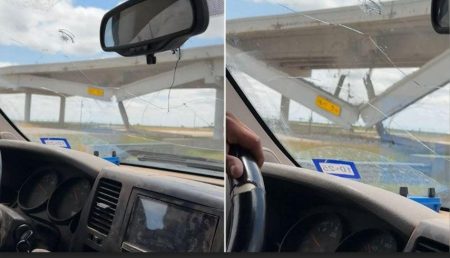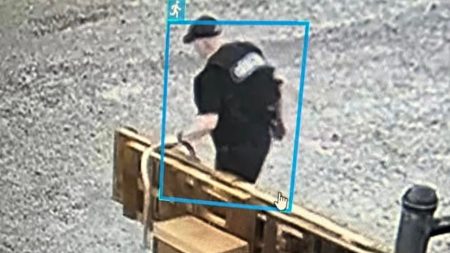The Lakeline Mall Shoplifting Blitz: A Multi-Faceted Approach to Retail Theft
The bustling holiday shopping season often brings with it an unfortunate surge in retail theft. In response to this predictable uptick in criminal activity, the Austin Police Department recently conducted a shoplifting blitz operation near the Lakeline Mall, resulting in the apprehension of nine suspects across four distinct theft incidents. These cases, involving various retailers like Target, Kohl’s, and Lowe’s, highlight the diverse tactics employed by shoplifters and the proactive measures being taken by law enforcement to combat this persistent problem. The operation underscores the significant impact shoplifting has on businesses, particularly during peak shopping periods, and the importance of collaborative efforts between retailers and law enforcement to deter and apprehend offenders.
Case Studies: From Baby Strollers to Flatbed Carts
The first case involved a group of four individuals who attempted to utilize a seemingly innocuous baby stroller to conceal stolen merchandise from Kohl’s. This tactic, while seemingly simple, demonstrates a level of premeditation and planning often associated with organized retail theft. The group’s attempt was thwarted by alert police officers, who recovered over $1,100 worth of merchandise from the abandoned stroller and an additional $1,200 in stolen goods from their vehicle. The charges of engaging in organized criminal activity reflect the seriousness of this type of coordinated theft. The second incident involved a repeat offender targeting Lowe’s, brazenly attempting to steal a high-value AC unit on a flatbed cart. This case highlights the audacity of some shoplifters and the potential for significant financial losses for retailers when high-ticket items are targeted. The recovery of additional stolen merchandise from the suspect’s vehicle further underscores the pattern of behavior often exhibited by repeat offenders.
The third case involved a duo apprehended in a Target parking lot, illustrating the collaborative effort between store employees and law enforcement. The male suspect, identified as a repeat offender, attempted to flee the store with stolen merchandise but was apprehended with the assistance of store employees who alerted the police. The subsequent discovery of additional stolen items and narcotics in their vehicle further complicates the case and highlights the interconnectedness of various criminal activities. The final incident involved another repeat offender attempting to make off with a cart full of unpaid items from Target. His attempt to flee in a vehicle driven by an accomplice with an outstanding warrant further emphasizes the importance of swift police response and inter-agency cooperation in apprehending suspects.
The Broader Implications of Shoplifting
These cases collectively paint a vivid picture of the challenges faced by retailers in combating shoplifting. The use of seemingly innocuous items like baby strollers, the targeting of high-value merchandise, and the involvement of repeat offenders all contribute to the complexity of the issue. Beyond the immediate financial losses incurred by businesses, shoplifting has broader societal implications. It contributes to increased prices for consumers as retailers attempt to recoup their losses, and it can create a sense of insecurity and unease for both shoppers and retail employees.
Proactive Measures and Collaborative Efforts
The Austin Police Department’s shoplifting blitz operation demonstrates a proactive approach to addressing this pervasive problem. By focusing resources on high-risk areas and collaborating with retailers, law enforcement can effectively deter potential shoplifters and apprehend those who engage in this criminal activity. Retailers, too, play a vital role in preventing shoplifting. Implementing security measures, training employees to identify suspicious behavior, and working closely with law enforcement are crucial steps in mitigating losses and creating a safer shopping environment. The comments from a local clothing store manager about limiting the number of items customers can try on highlight the practical steps businesses are taking to address this issue at their level.
Addressing the Root Causes and Finding Long-Term Solutions
While law enforcement operations and retail security measures are essential for immediate deterrence and apprehension, addressing the root causes of shoplifting is crucial for long-term solutions. Factors such as poverty, addiction, and organized crime often contribute to this behavior. Therefore, a comprehensive approach that combines law enforcement efforts, social intervention programs, and community support is necessary to effectively combat shoplifting and create safer communities for everyone. The varied profiles of the individuals arrested in the Lakeline Mall operation suggest a range of motivations and circumstances that contribute to shoplifting. Understanding these factors is essential for developing effective prevention and intervention strategies.










